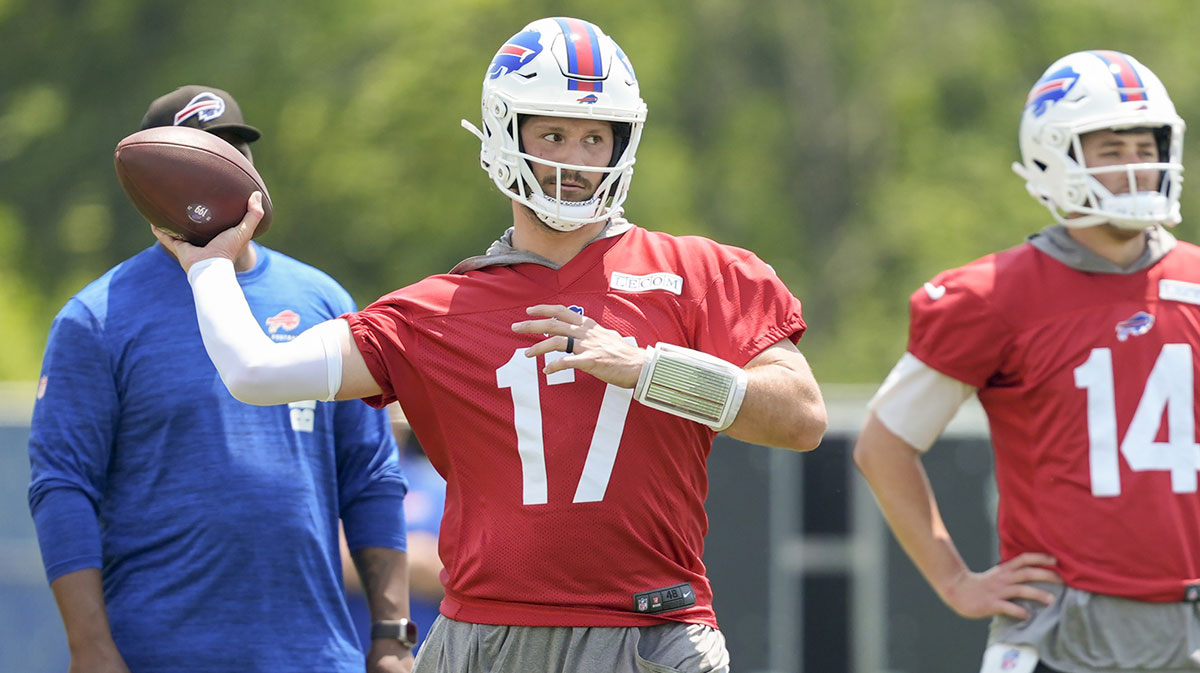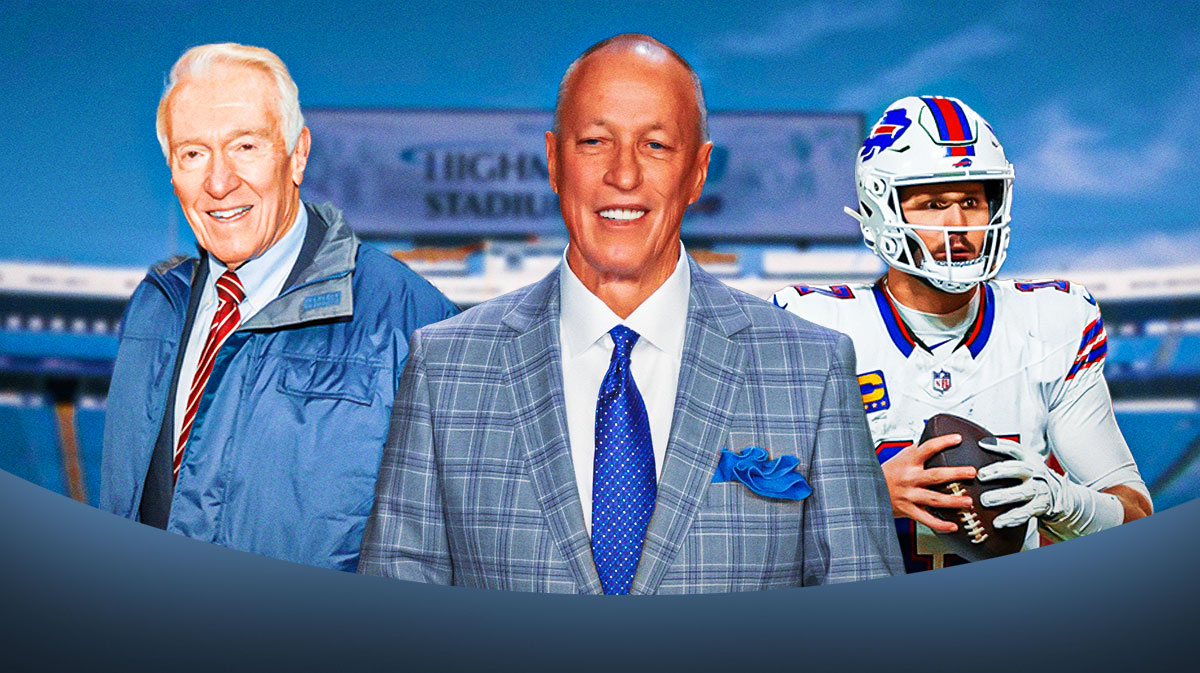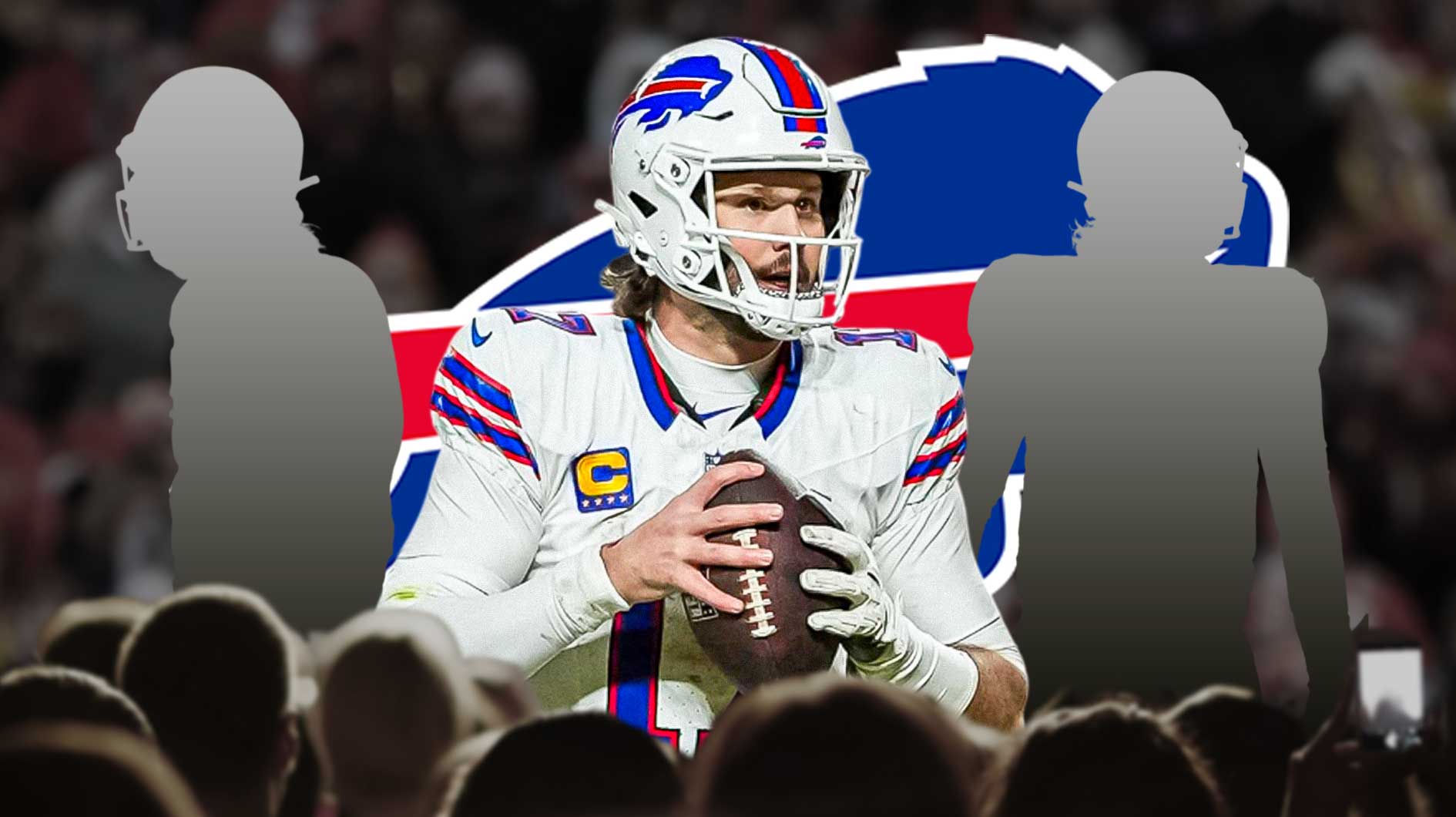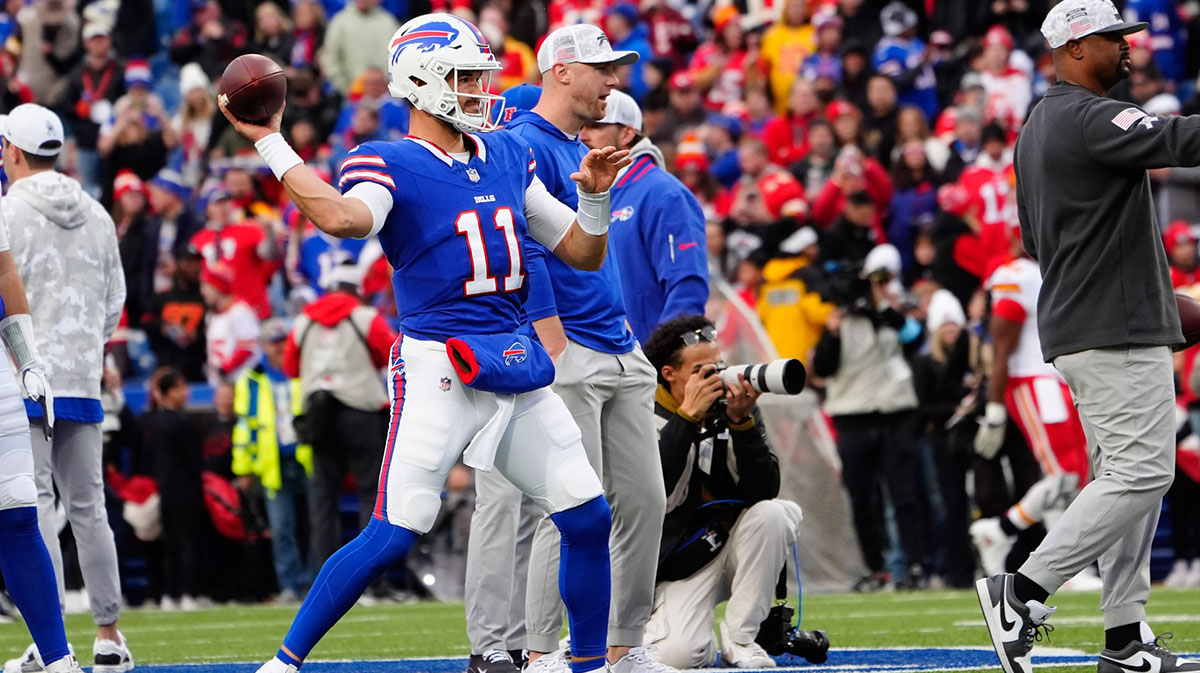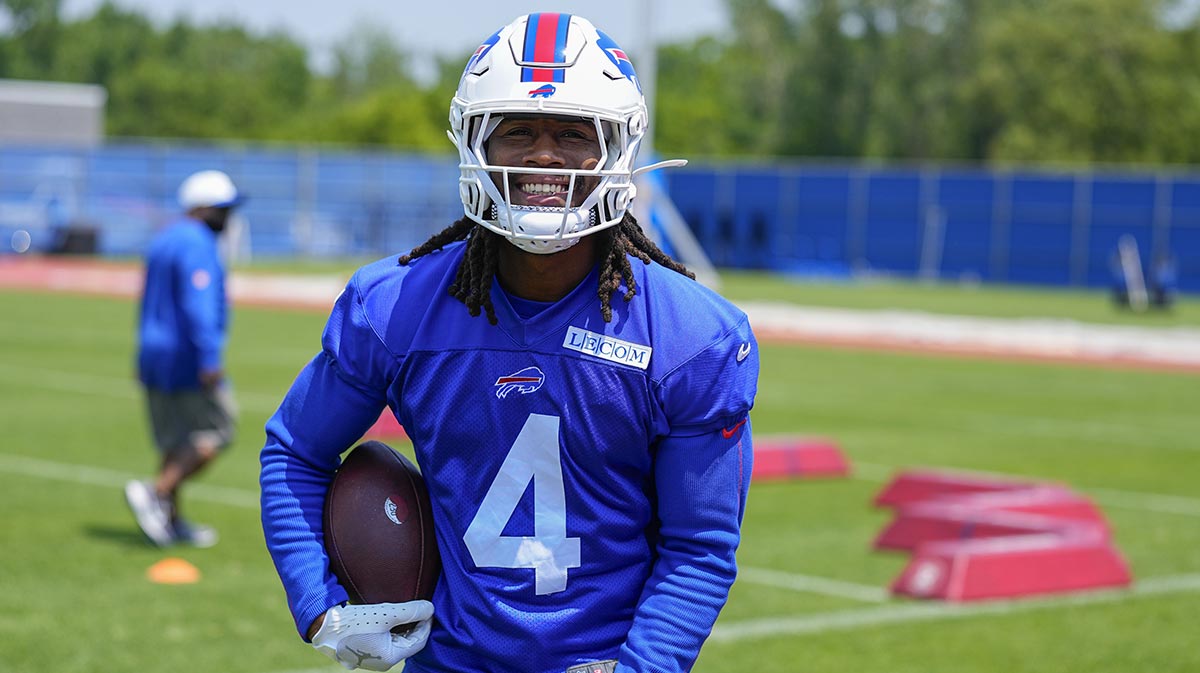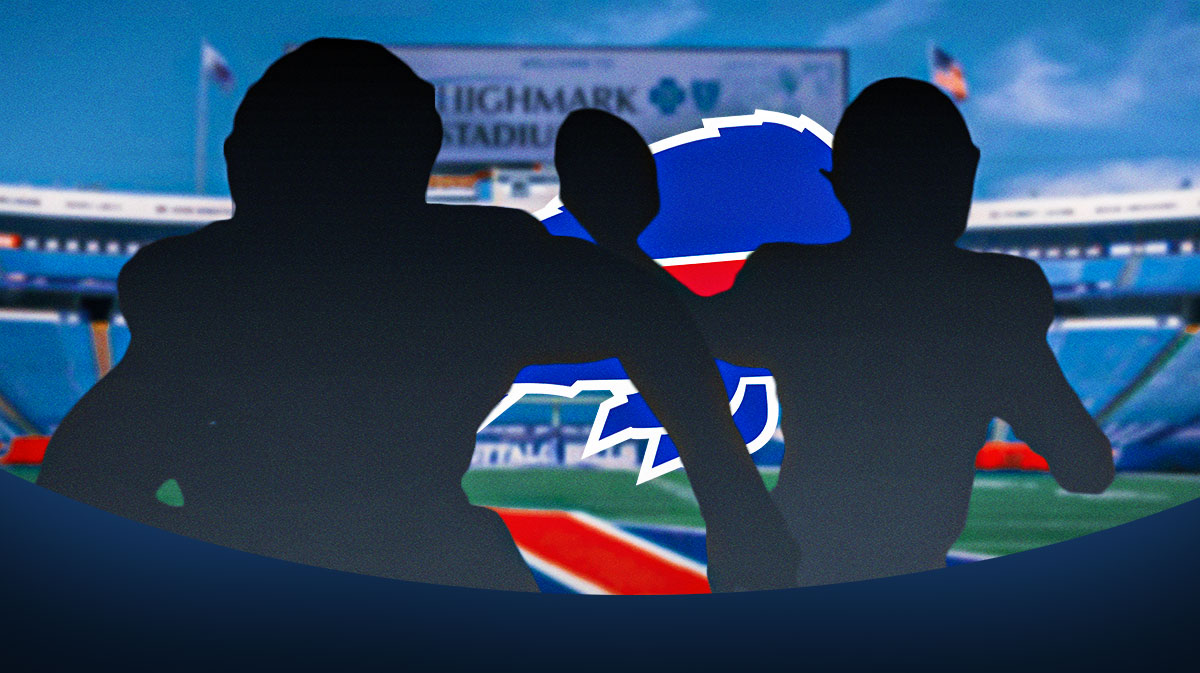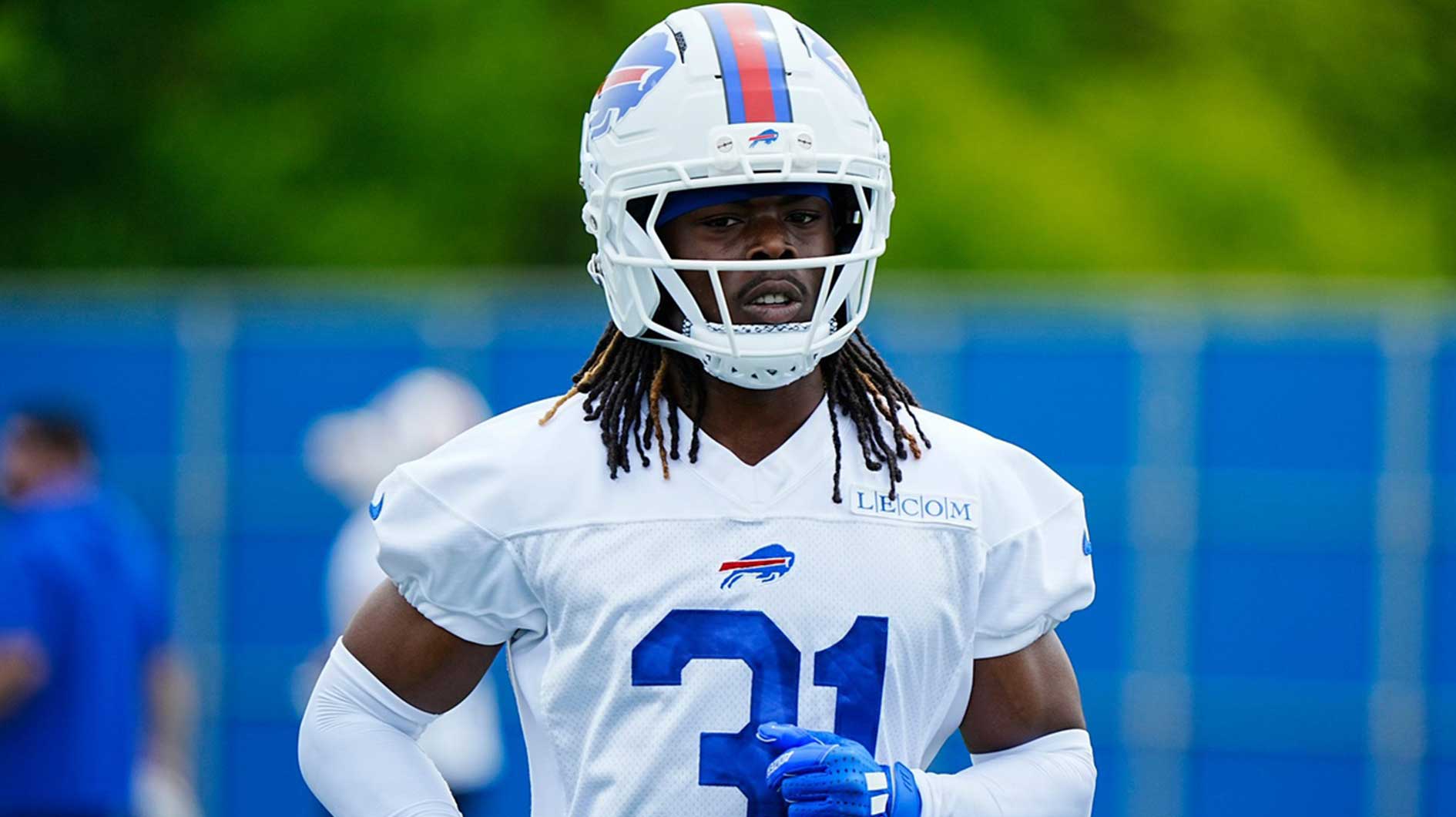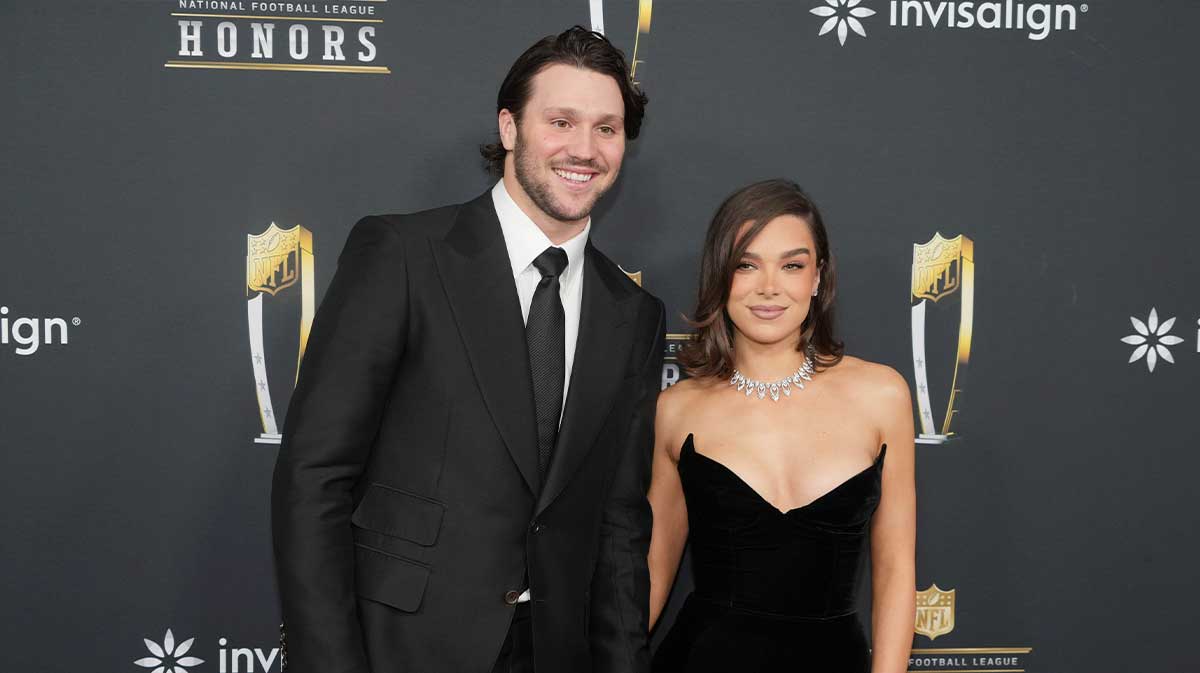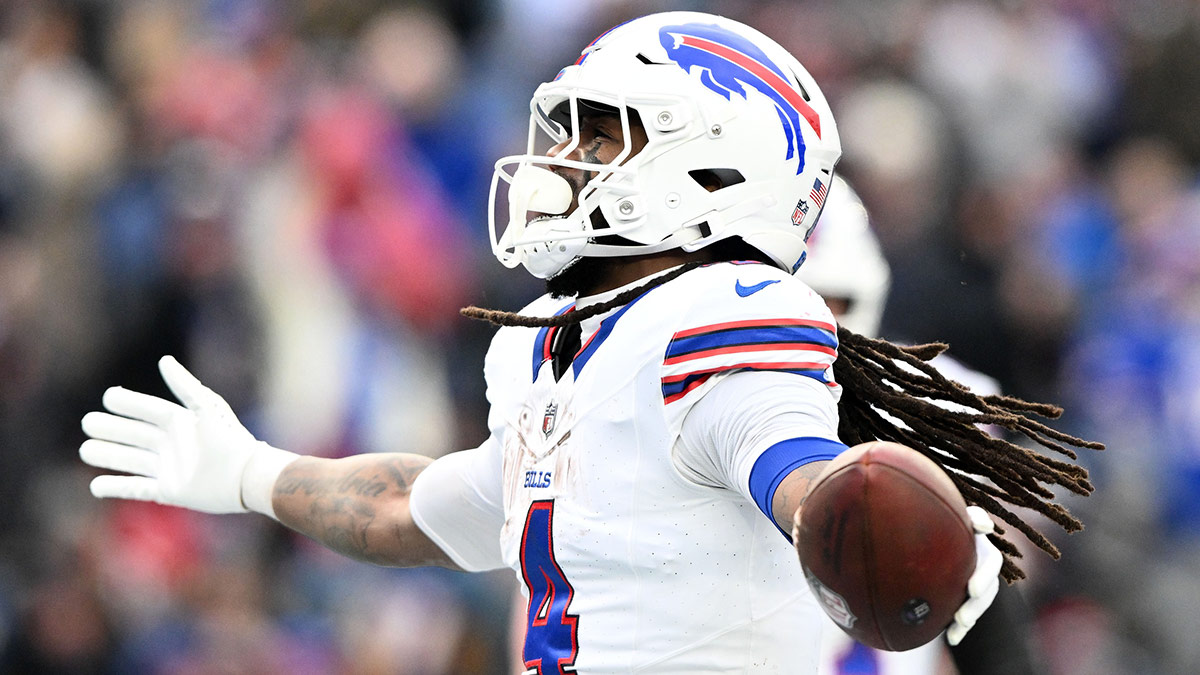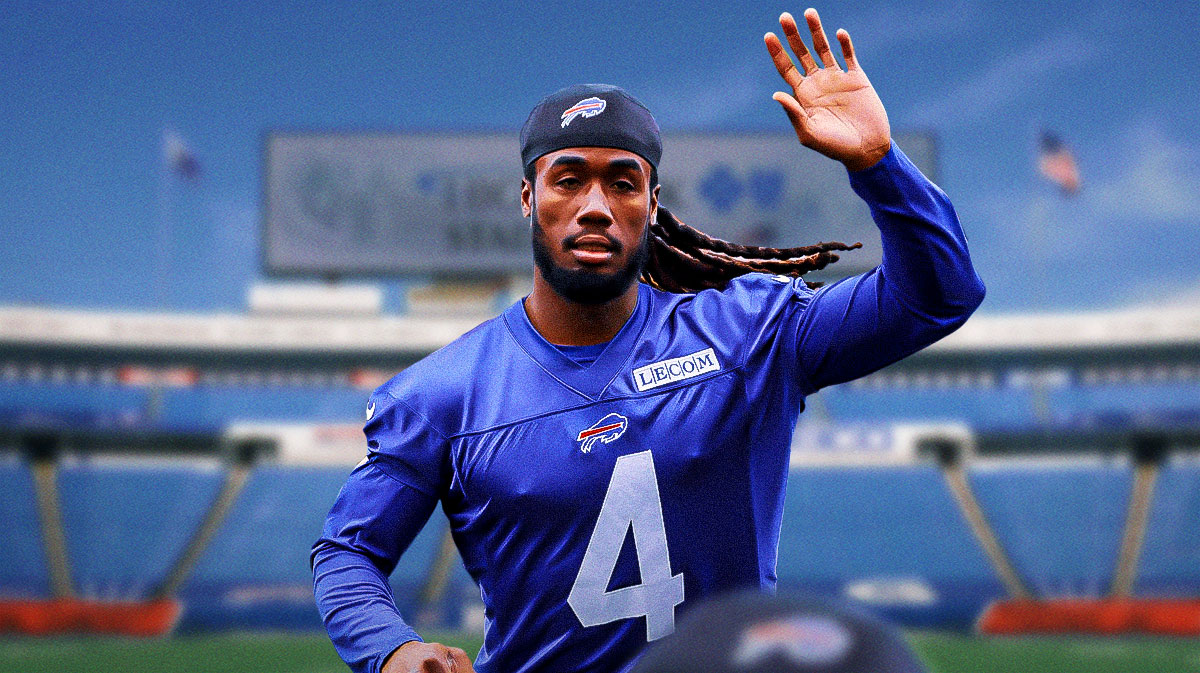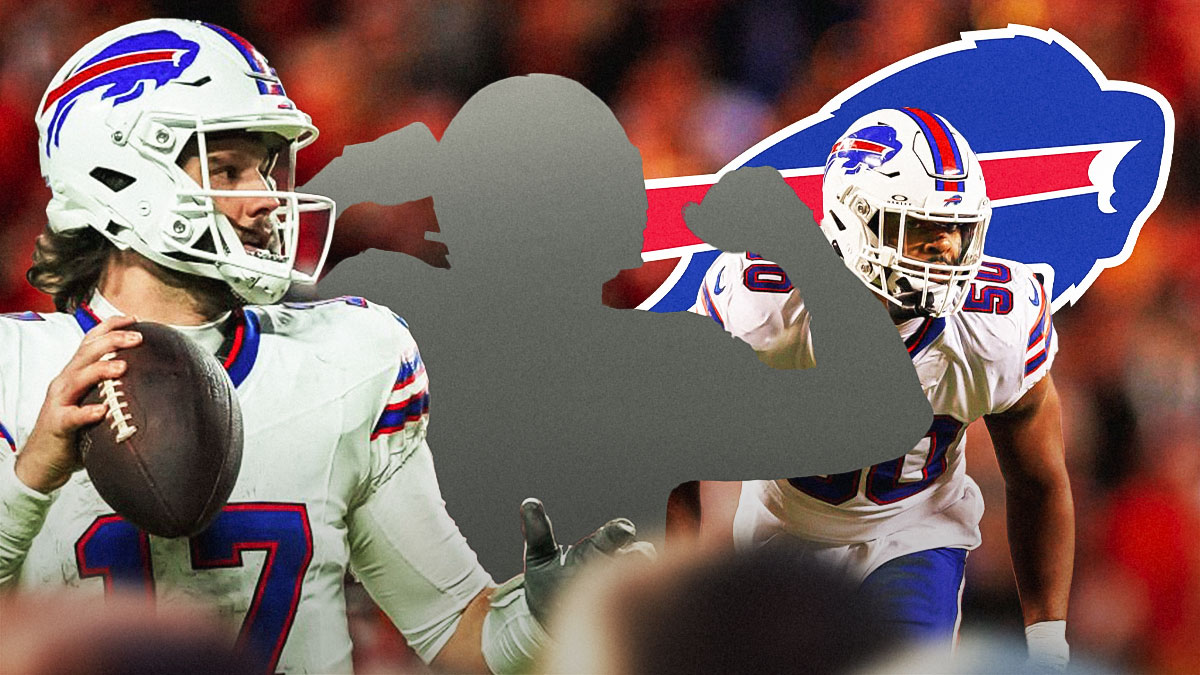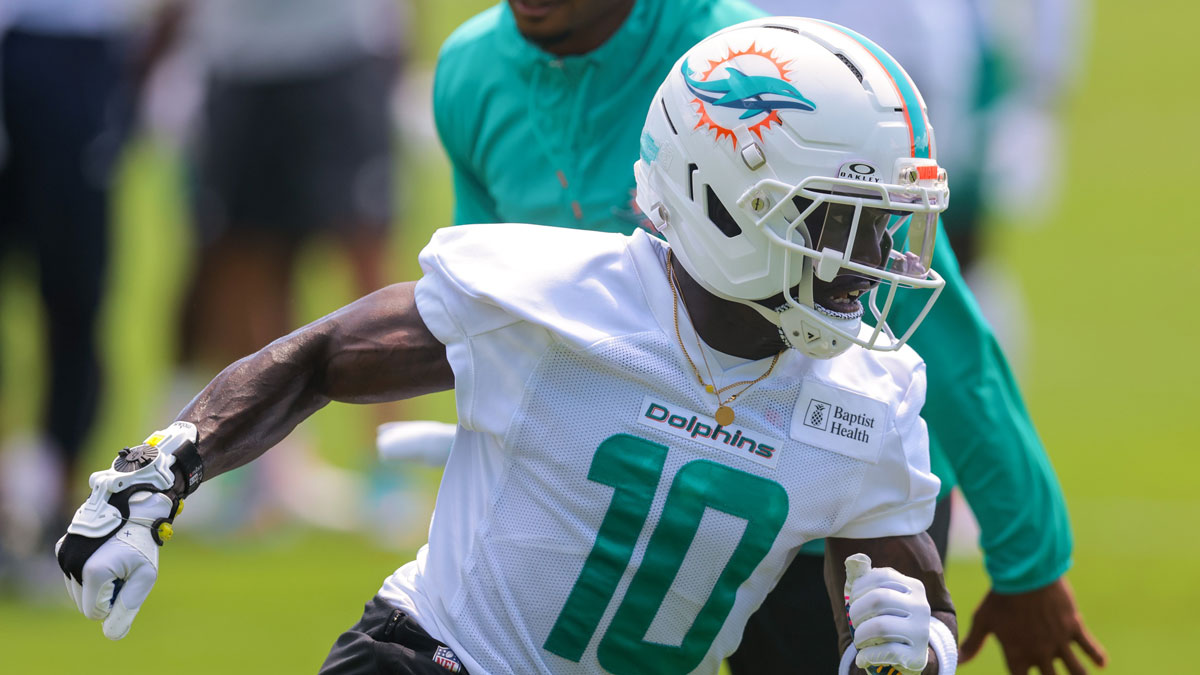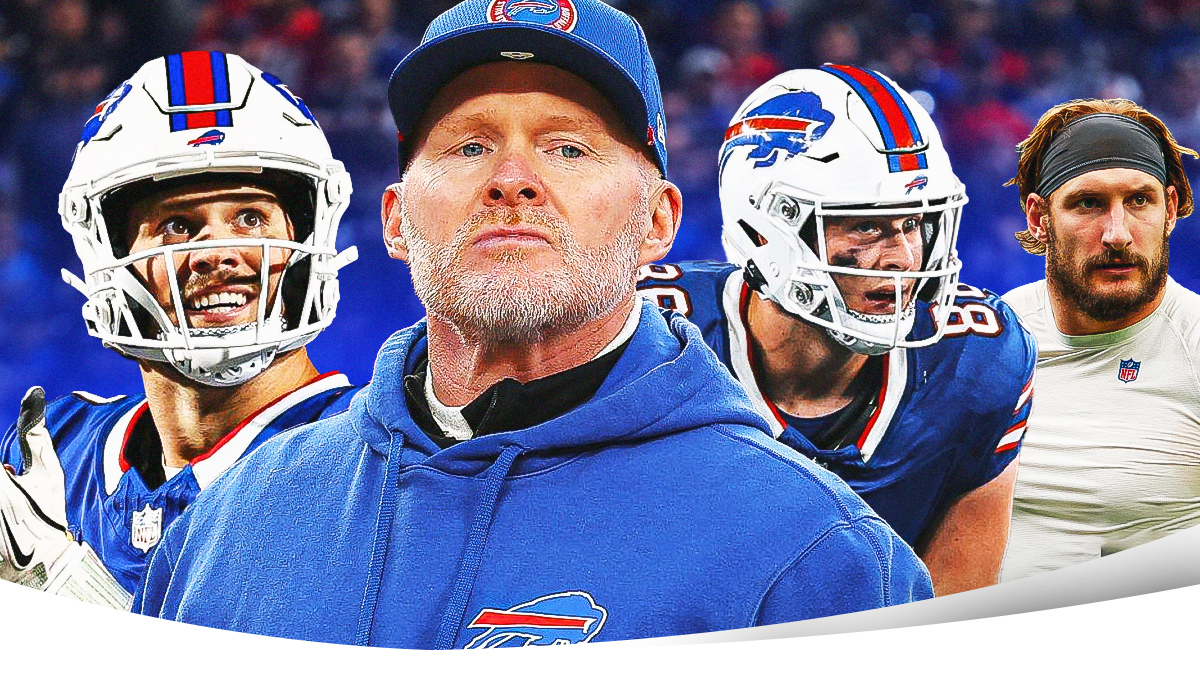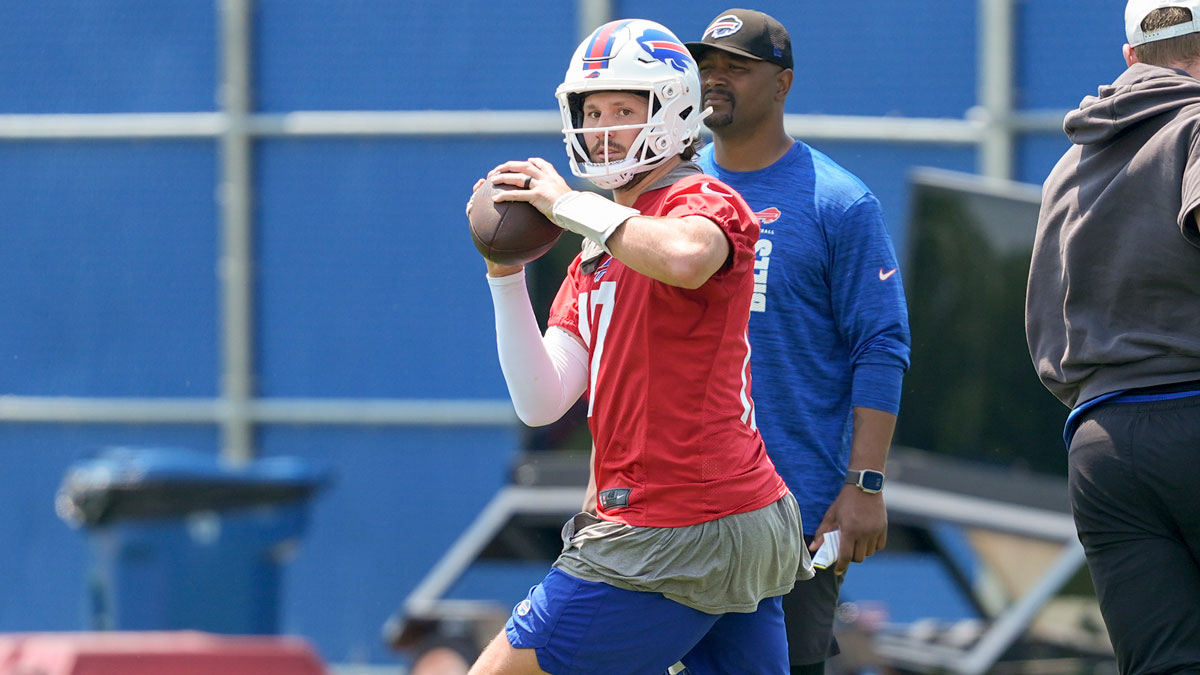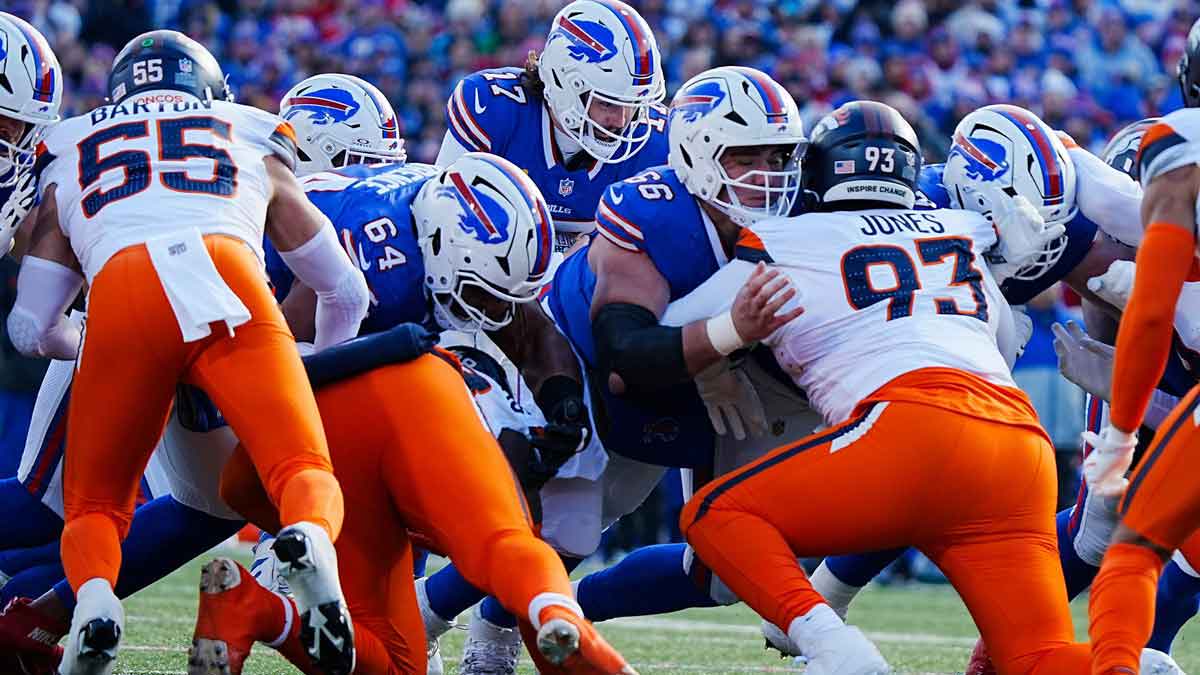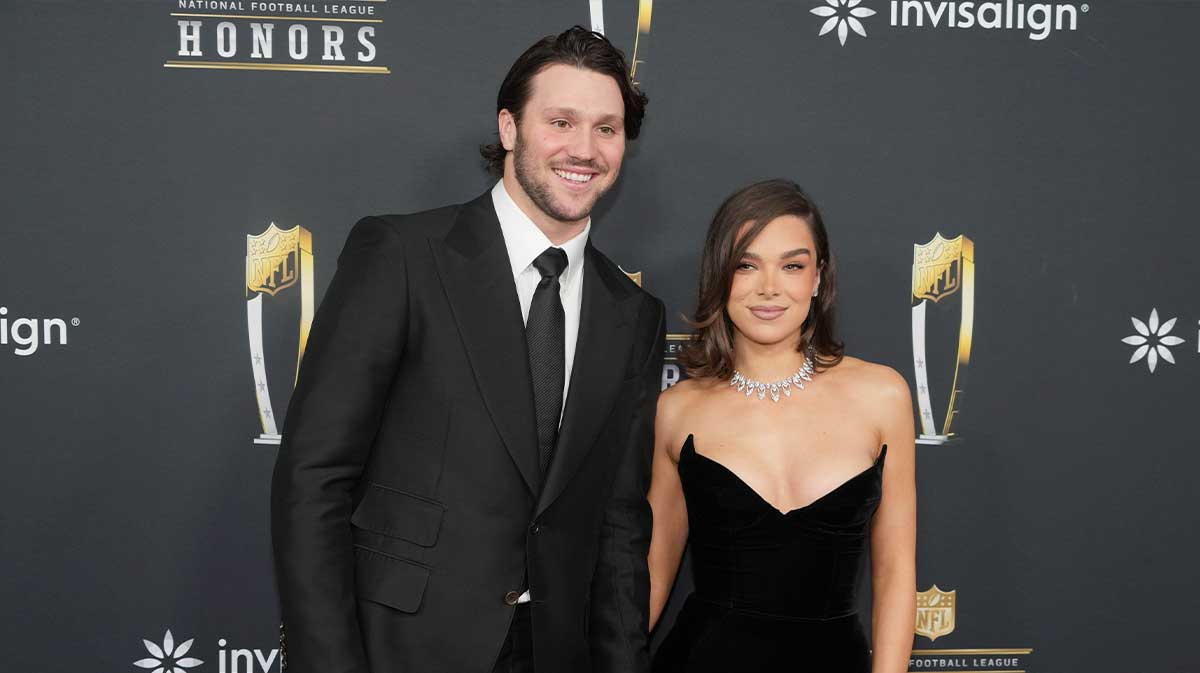With both Tom Brady and Rob Gronkowski having left the New England Patriots, the AFC East division is absolutely wide open for the taking in 2020 and beyond. And for the Buffalo Bills, their departures could not have come at a more opportune time.
Quarterback Josh Allen is coming into his third season at the helm, and his offensive weapons surely have improved with the trade for former Minnesota Vikings receiver Stefon Diggs and the drafting of former University of Utah running back Zack Moss.
Combining Diggs with the underrated receiving core of Cole Beasley, John Brown, and rookies Isaiah Hodgins and Gabriel Davis rounds out the receiving unit quite nicely. While Moss takes on the role of supplemental back behind incumbent starter Devin Singletary, who is also primed to take his career to the next level.
Tight end looks to boast one of the more intriguing breakout candidates of the 2020 season in Dawson Knox, as he is firmly planted as the team’s No. 1 option and looking to put up a solid third season in the league.
The Bills’ offensive line, from left to right tackle, reads Dion Dawkins, Quinton Spain, Mitch Morse, Jon Feliciano, and Cody Ford. Ford is a formidable, above-average OL that can help keep Allen upright while paving solid running lanes for both Singletary and Moss.
On the defensive side of the ball, they boast one of the better defensive lines in the entire league. Their 4-3 set starts Trent Murphy and Jerry Hughes on the edges (with recent draftee and former Iowa Hawkeye AJ Epenesa as a solid two-deep option) and both Star Lotulelei and Ed Oliver in the middle (with Vernon Butler as a really good backup DT). Linebacker-wise, Matt Milano is the ‘Will’ linebacker, Tremaine Edmunds leads from the middle, and A.J. Klein is the ‘Sam’ starter.
The defensive backfield is loaded with talent as well, led by one of the best corners currently in the league with Tre’Davious White. Levi Wallace and Josh Norman are the next two corners up for the defense, and both Jordan Poyer (SS) and former Green Bay Packers free safety Micah Hyde are patrolling the back-end of the defense or sniffing out plays up in the box.
The Bills have former Seattle Seahawks kicker Steven Hauschka at the helm, and their punter is Corey Bojorquez, with long-time veteran Andre Roberts handling return duties.
So, with how the Bills' roster looks on paper, what constitutes a weak spot for this team, especially with them being the presumed favorite to take over the top spot in the AFC East?
Depth is a strength of theirs on both sides of the ball. But it also constitutes a weakness, as the amount of average-graded players outweighs the stars and above-average players that successful teams usually employ. But for this team to truly reach that next step in terms of postseason consistency, their offense is the side of the ball that is missing a key cog.
Allen, who has faced questions of accuracy and durability ever since he came out of the University of Wyoming, has certainly improved upon both of those intangibles. Which are very key to the development of a signal-caller, especially in the NFL. While the 1-2 combination of Singletary and Moss behind Allen in the backfield can alleviate some concerns with the departure of Frank Gore this offseason, it is the receiving core and tight ends that are the biggest elements of concern for this team.
Knox is an unproven commodity chocked full of potential and a high ceiling. And the backups behind him — former Cincinnati Bengal Tyler Kroft, as well as Lee Smith and Tommy Sweeney — do not exactly extract a sense of fear into the eyes of an opposing defense. But they are sufficient enough to not be the biggest issue to improve on this team – it is the receivers.
Before Diggs was brought in, the starting three-wide set of Beasley/Brown/Roberts was one of the more terrible ones in the league. Especially since Beasley (who is a slot guy by trade), Brown (whose speed is the biggest element of his game but can be inconsistent) and Roberts (who profiles more as a returner than a receiver at this point in his career) each have their own downfalls, which all combined to lead to the team making the move for Diggs.
But Diggs is not the large band-aid that can help heal all WR deficiencies on this team. However, he is a very good start. Having played next to Adam Thielen in Minnesota and catching balls from Kirk Cousins, Diggs is used to uneven QB play and having to share a pretty consistent workload.
He is the most polished route runner on the field, he stretches the field better than anyone else in a Bills uniform, and his abilities to take on No. 1 corners and actually win matchups brings a whole new element into this offense not seen in the Allen era.
But what is concerning is that Diggs may command the No. 1 corners so often that the Beasley/Brown/Roberts/rookies combination may be asked to do too much, which is not necessarily in any of their wheelhouses.
Among current free agents — the likes of Chris Hogan, Taylor Gabriel, Dontrelle Inman, Josh Gordon, Jordan Matthews, and Paul Richardson, among others — would constitute some sort of improvements over their current WR crop. But only Gabriel and potentially Hogan and Gordon would be monumental-enough improvements for the current WR dynamic of this team.
If the trade market is the route that this team wants to upgrade again, Curtis Samuel of the Carolina Panthers has been rumored to be available this offseason. Especially considering the free-agent addition of former New York Jets pass-catcher Robby Anderson. Something around the value of a fourth-round selection would most likely constitute enough of a return to ship the former Buckeye out of the NFC South and up east.
Allen’s penchant for having a cannon for an arm should end up being tested even more than it was with Brown running go routes. The hope for having both Brown and Diggs on the field at the same time is that it helps stretch out the defense, providing more underneath opportunities for Beasley and the rest of the group.
Pass catchers, in general, are the biggest need for this roster going into the ‘20 season. But wide receiver is specifically the area that this team needs to improve in. Reaching out through the trade market is something the front office has obviously proven to be comfortable with doing (and would not be a bad move here), and while adding Diggs was a huge step forward, this team needs to improve their WR room a bunch more if they want to take over the year-by-year reign of the AFC East and make some noise in the postseason.

